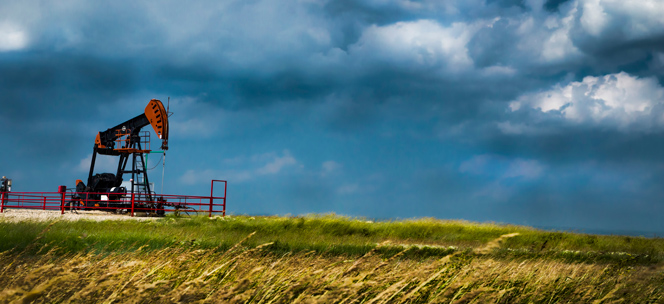

Saskatchewan needs to use booms to save for the future
Everyone has that one friend who never seems to have enough money.
To make matters worse, when that buddy gets a bonus, instead of paying down his maxed-out credit card balance, he goes out and buys a new truck.
In Saskatchewan’s case, that “friend” is the provincial government.
Saskatchewan is blessed with natural resources and the government is blessed with high revenue from those resources, sometimes.
Natural resource revenue is naturally unpredictable. The amount the government takes in is about as random as the chances of the Riders winning their next game.
The government’s most recent budget numbers show as much. In the province’s latest fiscal update, the government projects resource revenues will come in $529 million under what was forecast in the budget.
During that same announcement, the government also increased spending by $408 million.
Instead of using the bonus of high resource revenues on a proverbial new truck, the government needs a plan to live within its means while paying down the balance on the taxpayer credit card.
And the government needs a plan soon. This budget is only the second time it has balanced the budget since 2015 and it’s all been on the back of high resource revenues.
Because of year after year of deficit spending and despite the most recent debt repayments, the provincial debt is still too high.
The debt is projected to be $18.1 billion by the end of this year, with the interest charges on the debt costing taxpayers $708 million.
Luckily, a plan to save resource revenues already exists, it’s called a heritage fund. It’s time for the Saskatchewan government to finally implement a heritage fund where it is required to deposit its non-renewable resource revenue.
There are several successful examples across the globe.
Norway has a heritage find where the government deposits 100 per cent of its oil revenues. Now, because of years of consistent deposits, Norway’s fund is currently worth more than $1.9 trillion CAD.
Alaska established its version of a heritage fund in the late 1960s. The state government must invest at least 25 per cent of resource revenues into the fund and politicians aren’t allowed to touch the principal. In the years since, Alaska’s fund has grown to contain more than $100 billion. A real bonus: in 2022, each Alaskan received a dividend of $2,622 from the fund.
The Saskatchewan government already has an idea of what a heritage fund would look like here at home. In 2013, former premier Brad Wall commissioned a report on heritage funds by former University of Saskatchewan president Peter MacKinnon.
“A permanent savings account in the form of a [heritage fund] could turn our one-time revenue from these resources into a lasting source of wealth for Saskatchewan people,” MacKinnon said.
Here’s how it should work:
First, the government needs to use non-renewable resource revenues to pay down the debt. If the government used a plan based on MacKinnon report in 2013, the debt would stand at only $2.5 billion today and would be fully paid off soon.
Then, the government needs to start depositing money into a heritage fund, but it needs to make sure that deposits are protected so that politicians can only spend the interest without raiding the principle.
Setting aside debt repayment, if the Saskatchewan government had started a heritage fund in 2013 based on MacKinnon’s recommendation, and assuming a conservative five per cent return without reinvesting the interest income, it would contain about $3.3 billion today and generate $164 million in interest annually. This interest income could be used by the government to cut taxes for Saskatchewanians.
Every year Saskatchewan fails to create a concrete plan to pay down the debt and create a heritage fund, is another year of lost opportunity to save for the future. The government can’t waste anymore time.


.jpg)

.jpg)
